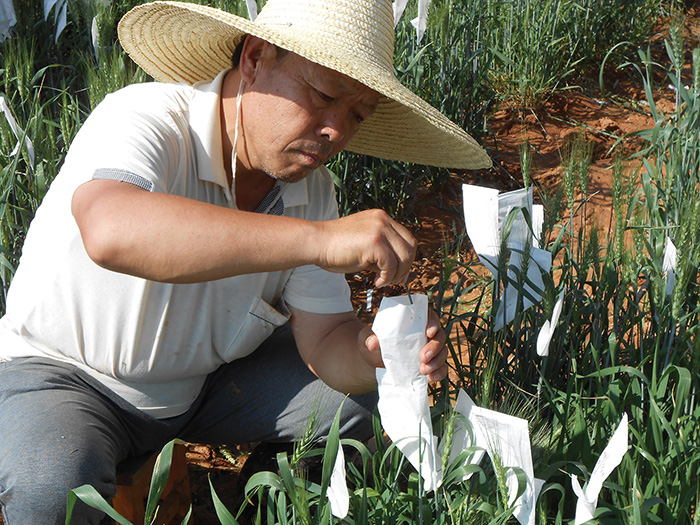
Since joining CIMMYT in June 2015, I’ve had the opportunity to learn first-hand the impact of its work around the world, and the appreciation for our work among our peers, partners, and friends.
For example, in China, three decades of partnership with CIMMYT have added $ 3.4 billion to wheat output, and Australia, a donor country, has benefited to the tune of A$ 30 million per year on an in-vestment in CIMMYT of just A$ 1 million. A recent study found that around $33 million invested in CGIAR wheat breeding yields $2-5 billion worldwide. When the devastating maize lethal necrosis disease broke out in eastern Africa in 2011, CIMMYT led a response to get resistant varieties in farmers’ fields within just four years.
Even from such few examples, it is clear that wherever CIMMYT is involved, we have a valuable and unique contribution to make.
There are many challenges to be addressed in the world, from insecurity and population movements to our changing climate. Fundamental to most is the issue of how we practice agriculture to sustainably feed the world, and maize and wheat rank among the most important crops for food security, responsible for 25% of global protein and calorie consumption. What is needed is sustained and increased investment in agricultural research, and organizations such as CIMMYT and its partners to carry it out.
The recently-adopted sustainable development goals respond to this need. Among them are the objectives of ending malnutrition by 2030, doubling the productivity and incomes of small-scale producers, especially women, introducing sustainable and resilient agricultural practices, and ensuring access to the world’s treasure of genetic diversity.
There is a clear consensus between CIMMYT’s work and global priorities identified at the highest level; the question is how we can use our partnerships to effectively mobilize resources in pursuit of these goals.
Traditional donors are rightly concerned about aid dependency, leading a call to move from aid to trade. In practice, this means working more closely with the agrifood sector to ensure that consumers always enjoy access to affordable, appropriate, safe, and nutritious food.
Another answer is that many of the poor no longer live in poor countries. Emerging economies are increasingly important partners in their own development, and in the development of other nations in similar circumstances.
Finally, there is always value in greater coordination and collaboration with new partners. Many development NGOs make extensive use of agricultural research, but too few are closely involved in it.
Agricultural research must be responsive to the needs of society, and can only be scaled out and sus-tained by governments, the private sector, and NGOs. Nonetheless, core funding for agricultural research is essential to the impacts it generates. Funding organizations themselves enable the employment of the brightest minds, development of effective institutional capacities, and the flexibility to engage in overlooked but essential research priorities.
In 2016, CIMMYT will celebrate its 50th anniversary. Fifty years of impact felt in farmers’ fields around the world, of continually expanding our research portfolio and collaboration with partners so that, to-day, CIMMYT is more prepared than ever before to respond to global needs. But it is not enough. New business models, strategies, and partnerships are needed for agricultural research to fulfill its promise to the world. The upcoming CIMMYT strategy for 2016-2030 will set out a framework for our future.
 Innovations
Innovations